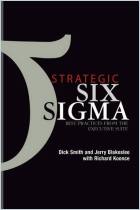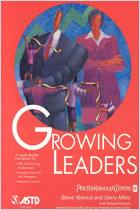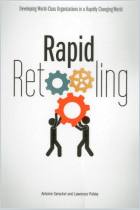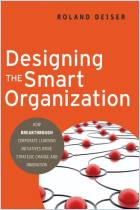
Business Climate Shifts
Profiles of Change Makers
Read or listen offline
Amazon KindleRecommendation
Like a ship’s captain, a CEO is only as good as the latest weather report. If a chief executive unknowingly steers his or her ship into the path of a hurricane, that ship’s in trouble, no matter how skillful a seaman that captain may be. And unfortunately for CEOs, hurricanes - in the form of disruptive changes that remake markets overnight - have become almost an everyday danger. Authors W. Warner Burke, William Trahant and Richard Koonce argue that the most critical function of a corporate leader today is to monitor and respond to these rapid shifts in the external marketplace, or business climate. To illustrate this point, they offer insightful profiles of leaders who successfully guided their companies through the storms of organizational change initiatives. These profiles are especially effective in giving the reader both a sense of the personalities of these dynamic executives and a practical breakdown of the methodologies and strategies that they employed. getAbstract strongly recommends this book to senior executives, would-be change agents and anyone curious about how to navigate the turbulent environment of 21st-century business.
Summary
About the Authors
W. Warner Burke, Ph.D., chairs Columbia University’s Department of Organization and Leadership at Teachers College. He is considered a leading thinker in the field of change management. A Professor of Psychology and Education, he is the author or editor of 13 volumes on business change. William Trahant is a Senior Partner with PricewaterhouseCoopers in Arlington, Virginia. His responsibilities include oversight of the firm’s Organization and Change strategy initiatives on the American continent. He has more than two decades of diverse consulting experience, and is a member of the Council of Governors of the American Society for Training & Development. Richard Koonce is an author, radio commentator and business consultant.



















Comment on this summary or Начать обсуждение